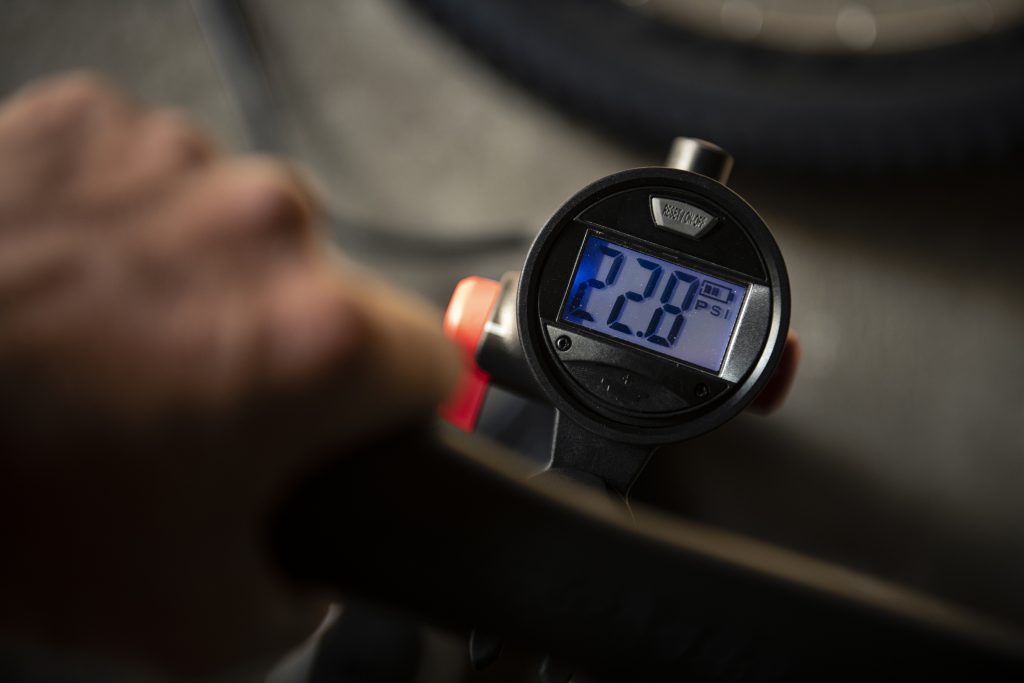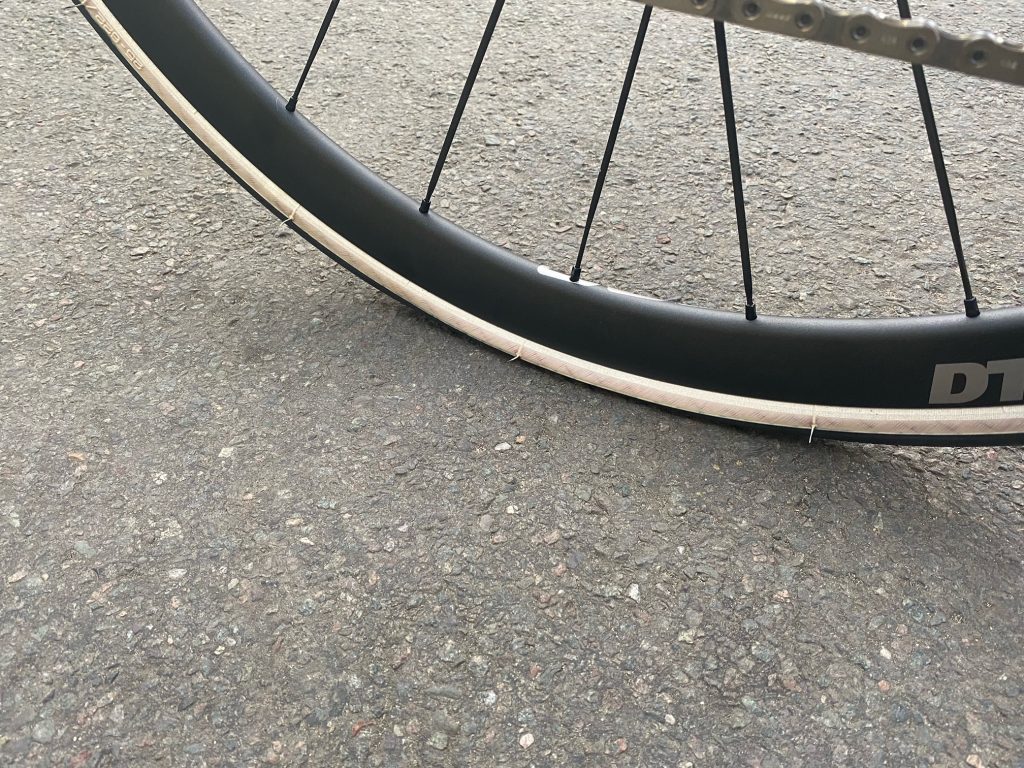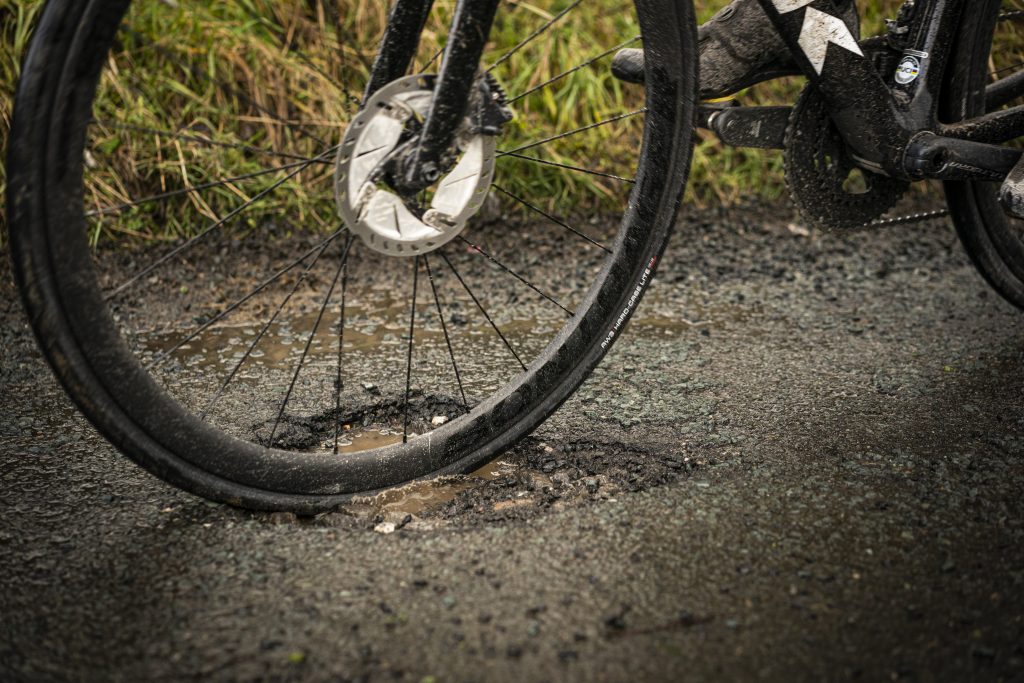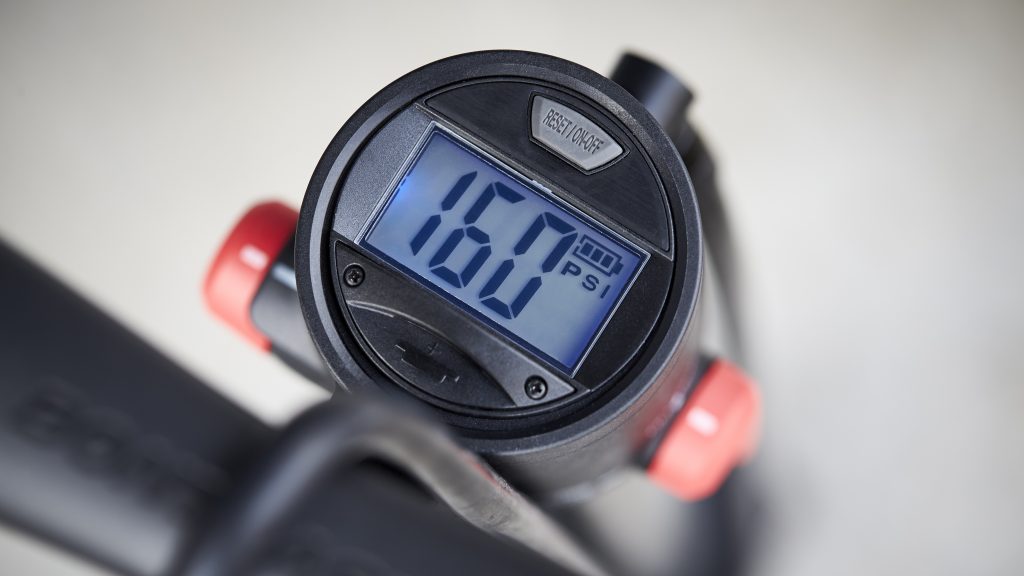
One of the questions we hear a lot in-store is “What tyre pressure should I be using”?
With rapidly evolving technology in the cycle industry, this is an important question, and in truth, there are many factors that dictate the ideal tyre pressure for you: weight, weather, rim width, tubed or tubeless and tyre width so we wanted to explain how to find the right psi.
A little known fact is that optimising the tyre pressure on your bike is, one of the most simple and cheapest ways to improve the performance and comfort of your bike and in fact, not only are excessively high pressures uncomfortable, they’ve also been proven to slow you down!
So, what pressure should you have your tyres at? The answer, it’s about balance. You want your tyres high enough to prevent drag and provide handling through corners but you want them low enough to absorb the bumps in the road rather than bouncing and rattling around.
Is it worth it?
In short, yes! Having the correct tyre pressure will make your rides easier, more comfortable and lower your chances of punctures.
When we’re talking about speed, having optimal tyre pressure is vital for reducing rolling resistance (drag) and improving comfort.
If you have your tire pressure too low then your tyres will deform more increasing friction between the tyre and the road, this is known as rolling resistance (drag). Another downside to this is it increases your chances of getting pinch flat punctures (this is where your tube is pinched between your rim and the road, punching a hole or two holes through – also known as a snake bite).
Conversely, if you have your tyre pressure too high, your bike will begin to vibrate over any tiny bump, negatively affecting comfort and wasting your energy. Once you inflate past a certain point your tyres lose grip, increase high-frequency vibrations causing muscle fatigue and therefore slow you down. It’s important to realize that just because it feels fast doesn’t mean that it actually is.
Getting it right means that you won’t just go faster but you will be more comfortable too.
‘Air’ with Caution

When it comes to tyre pressures it’s better to be slightly too low than too high.
Silca testing has shown that performance decreases rapidly once you go past the optimum pressure for a given setup. Being a bit too low only brings a relatively small speed penalty, but should be noticeably more comfortable on rough roads.
Tubes vs Tubeless
A tubed tyre will have a different pressure than a tubeless setup so it’s important to take this into account.
Tubed tyres are prone to pinch flats as we talked about earlier in this article and because of this you typically run higher pressures in a tubed tyre to reduce the risk of puncturing.
If you follow professional cycling you will notice that more and more professionals are using tubeless tyres and it’s not all down to sponsorship pressure, having a tyre that pretty much never punctures, can self seal and can be inflated at a lower pressure is a huge advantage in a race where reliability and speed are key.
Wet Conditions

A lot of people will drop their tyre pressure in wet conditions to increase the surface contact area with the road, improving grip.
If you are going to adjust for the rain we would only recommend dropping by 1 or 2 PSI to prevent handling issues.
Equipment

So you’re probably thinking “how on earth would I adjust by 1 or 2 PSI” with my hand pump?
The good news is there are digital gauges available that are incredibly accurate giving you excellent air control (available on both floor and hand pumps). With that said, get yourself a track pump for the house/car! A good track pump is something every cyclist should have, for ease, accuracy and speed (you also don’t pull your valves each and every way like you inevitably do with a hand pump).
Tyre Pressure
It’s worth saying that tyre pressure is a moveable feast – a single tyre pressure is not a fix-all for every rider.
The other thing to bear in mind is that the published width of the tyre may differ on your wheel. If you have a wider rim then the width of the tyre will also be affected so it is worth keeping this in mind and adjusting your pressure accordingly.
Another thing to be aware of is to not exceed the pressure limitations set by the wheel manufacturers, especially the upper limit (check your rim or sidewall for these).
OK, finally we get to the nitty-gritty bit, what tyre pressures should you be running?
First up we need to discuss distribution. Most of us will pump the front and rear tyres to the same pressure however your weight balance isn’t 50/50 on a bike so it stands to reason that we shouldn’t be pumping our tyres up like this. Typically we are roughly 40% weighted to the front and 60% to the rear (this distribution of weight varies from rider to rider but 60/40 is a good guide). Just to make it a bit more complex, this doesn’t mean we want to pump the rear up and deflate the front exactly in line with this but 10-15% difference could be the sweet spot.
We would recommend experimenting with your tire pressure by deflating front and rear, roughly 5% each (note we are saying percent, not PSI, front and rear are different so they should be changed proportionately). Test it! How does it feel? Is the front a bit squirmy when cornering? If so, pump a bit of air back in. When it’s right your bike will feel comfortable and will hold corners well. Don’t forget to write down what you end up with, it may change with conditions or if your weight change but it will give you a fantastic baseline to work from.
Sram have created an excellent webpage that lets you calculate your tyre pressure exact to you and your unique requirements that you can view here
If you are having any issues setting your tyre pressures or tubeless tyres, we are here to help so please don’t hesitate to contact us
